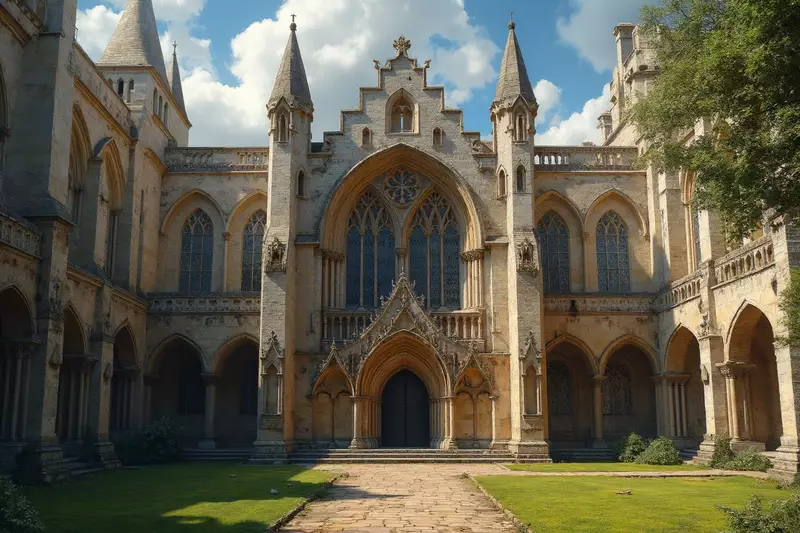


The Abbey of Auberive, founded in 1135 by Saint Bernard of Clairvaux, is a gem of Cistercian architecture. Situated in an isolated natural setting, it bears witness to the monastic, industrial, and penitentiary history of the region.
Cistercian Architecture and History
Built according to the typical "Bernardine" plan, the Abbey of Auberive stands out for its ingenious water management system, essential for monastic life. The monks channelled the River Aube and developed a fish farming system to ensure their self-sufficiency. The abbey reaches its zenith in the 13th century with extensive landholdings and mills.
Evolution Through the Centuries
- 16th Century: The abbey falls under commendatory rule, where commendatory abbots manage its assets. It suffers from the Wars of Religion and is plundered several times.
- 17th-18th Centuries: The buildings are reconstructed, giving the abbey its current appearance, notably with the addition of the guest wing and the rebuilding of bridges and mills.
Industrial and Penitentiary Period
After the French Revolution, the abbey becomes a cotton mill before being transformed into a leisure residence. In 1856, it is purchased by the penal administration and becomes a women's prison, housing notables such as Louise Michel. It then serves as an industrial colony for minor delinquents and an agricultural colony for boys until 1924.
Renewed Monasticism and Modernity
Between 1925 and 1960, the abbey regains a religious vocation before becoming a holiday camp until 2004. Today, the restored abbey bears witness to nearly 900 years of history, blending religious, penal, and industrial heritage.
Have you visited this activity? Share your experience!
edit Be the first to leave a review